Revealed: the shocking gap between rich and poor in 29 countries
The disparity between the haves and have-nots in selected nations
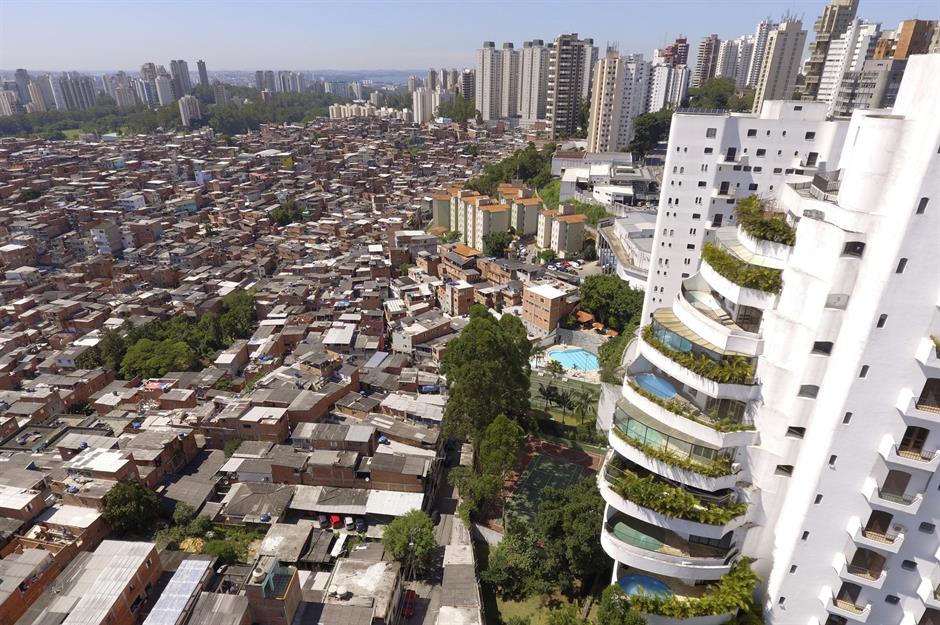
Oxfam has just released a damning new report laying bare the widening wealth inequalities that plague the world. While the planet's super-wealthy continue to amass outrageous fortunes, a significant portion of the global population remains trapped in poverty, deepening the divide between rich and poor.
With this in mind, read on to discover the wealth gap in 29 selected countries, as measured by Swiss banking giant UBS using the Gini index. All dollar amounts in US dollars.
Oxfam's shocking new report

The Oxfam report, entitled Takers Not Makers, makes for grim reading. The super-rich have never had it so good. Billionaire wealth surged three times faster in 2024 than in 2023, with five trillionaires expected to emerge within a decade. In contrast, the number of impoverished people has remained virtually unchanged since 1990, with 3.6 billion living below the World Bank's poverty line.
The most affluent 1% now holds as much wealth as the bottom 44% of the global population, according to Oxfam, underscoring the staggering concentration of wealth at the top.
Oxfam's shocking new report
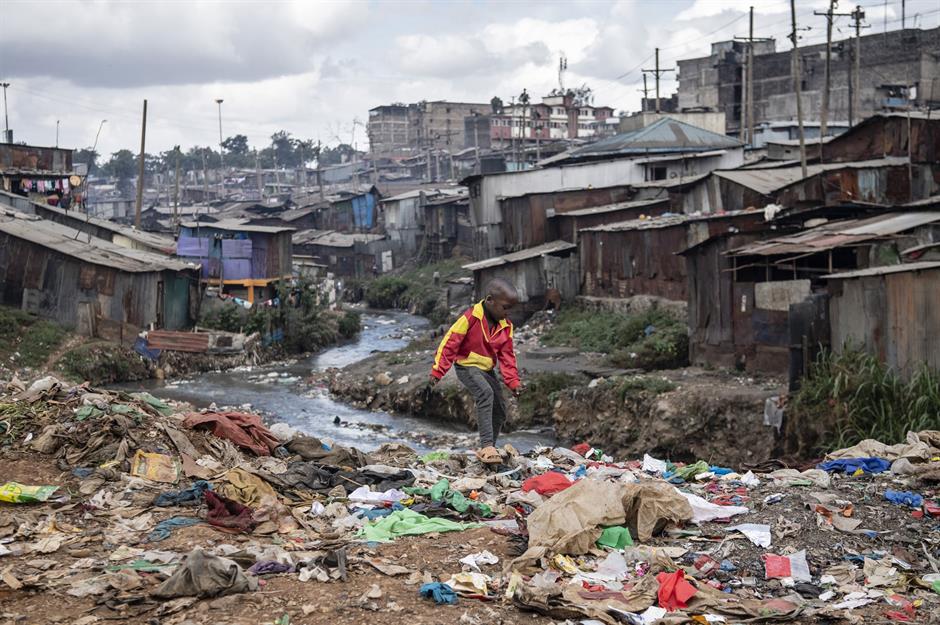
The report further highlights how 60% of billionaire wealth isn't earned through innovation or hard work, but derived from inheritance, cronyism or monopoly power. This perpetuates the status quo in which the mega-rich get ever richer while the majority struggle to get by.
The exposé also reveals how entrenched colonial systems funnel wealth from the Global South to the richest 1% in the Global North, at a staggering rate of $30 million (£24m) an hour.
Astonishingly, the average Belgian has 180 times more voting power in the World Bank than the average Ethiopian. The report calls for much higher taxes on the ultra-rich so they pay their fair share, along with colonial reparations, reform of global institutions to prioritise poorer countries and stronger South-South cooperation.
UBS' country-by-country wealth inequality analysis

The Gini index (also known as the Gini coefficient or ratio) measures inequality by showing how income or wealth is distributed. Ranging from zero (perfect equality) to 1 or 100 (absolute inequality), it allows for easy comparisons between countries.
Wealth inequality is harder to measure than income inequality because wealth is spread across various hard-to-track assets such as housing, savings, stocks, pensions and offshore holdings, which aren't always reported or easily accessible. Despite these challenges, UBS has used the Gini index to quantify wealth inequality in 29 countries for its Global Wealth Report 2024, assigning each a score of between 0 and 100.
Let’s start with the most equal nations covered in the report...
29. Belgium – Gini wealth index score: 46
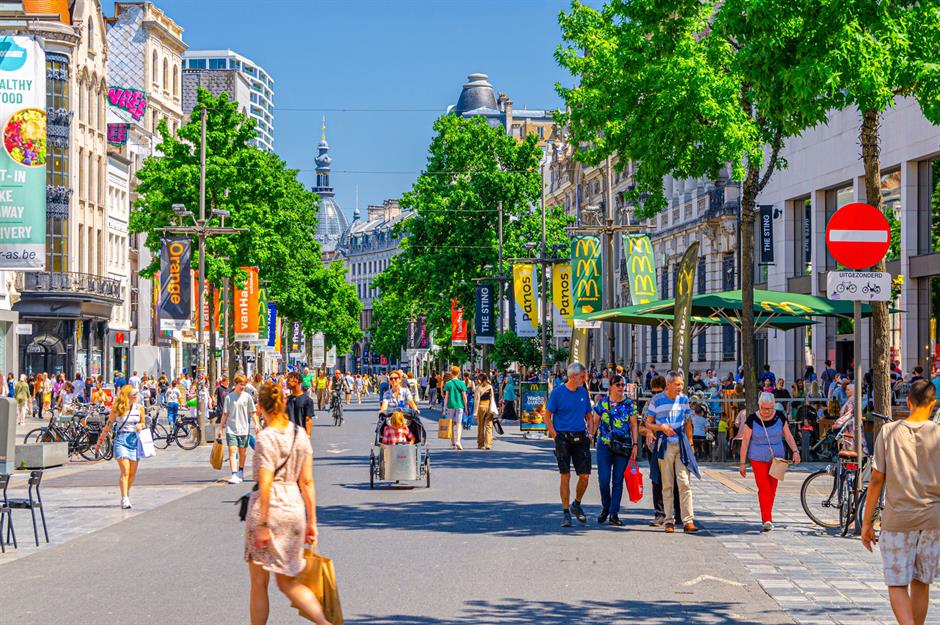
Belgium is the most equal of the countries covered by the UBS report, thanks to factors such as its progressive tax policy. The top 1% in the country sits on around a third of the nation's wealth, while the wealthiest 10% owns 52.3% and the bottom 50% holds 7.4%, the second-highest proportion in this round-up. The poverty rate is comparatively low at only 7.8%.
The nation's US dollar millionaire population stands at 564,666, which is 4.6% of the population, and Belgium is home to 10 US dollar billionaires, according to the 2024 Forbes list, with sugar heir and investor Eric Wittouck the country's richest person. His net worth comes in at $8.5 billion (£6.8bn).
28. Qatar – Gini wealth index score: 48

Qatar is something of an outlier in the Middle East, with much lower levels of wealth inequality compared to other nations in the region. But the top 1% owns 39.1% of the country's wealth and the richest 10% controls a hefty 71.7%. Meanwhile, the bottom 50% holds just 1.6%.
Still, wealth is distributed reasonably fairly. Only 26,163 Qataris, a mere 1% of the population, are millionaires and the country has just two billionaires, according to Forbes. Moreover, the nation's official poverty rate is extremely low at just 0.4%. But migrant workers from developing countries, who are probably not included in the poverty figures, are often treated poorly, with many having a very hard time making ends meet.
=26. Australia – Gini wealth index score: 54

Australia has long been seen as a classless meritocracy, and wealth is more fairly distributed in the country than in the UK, its former colonial ruler. But the nation isn't as egalitarian as you might expect, with wealth inequality mushrooming due in large part to Australia's tax system, which favours the most affluent.
The richest 1% owns 23.9% of the nation's wealth and the top 10% holds 57% while the bottom 50% has just 5%. The country has a large number of billionaires per capita at 48, while 7.3% of the population are millionaires. At the other end of the scale, the poverty rate is relatively high at 12.6%.
=26. Japan – Gini wealth index score: 54
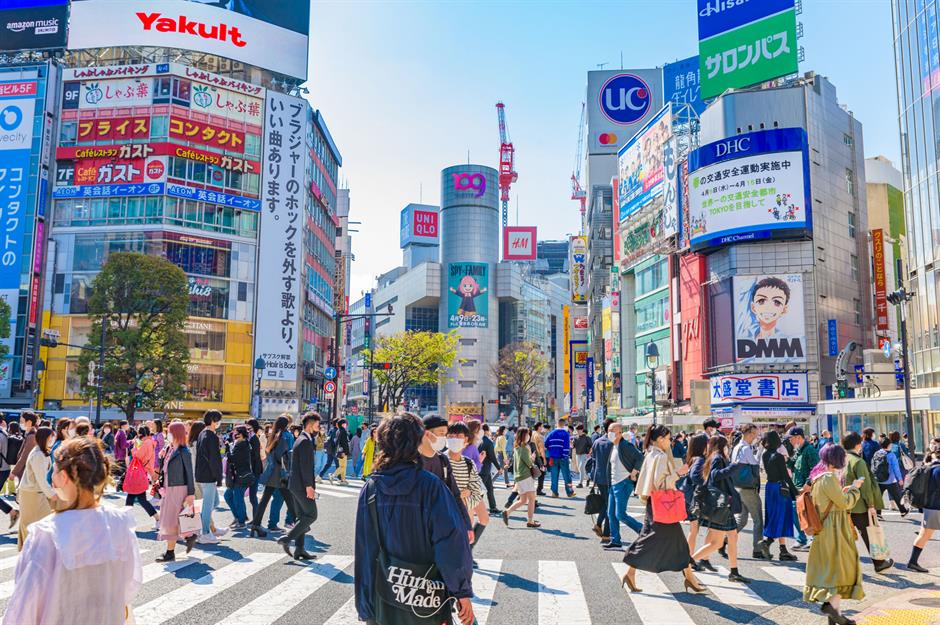
Japan's Gini wealth index score is low compared to that of other Asian countries. The nation has a relatively high income tax rate for the top earners and its sizeable inheritance tax discourages generational wealth. Nevertheless, the poverty rate is excessive at 15%.
In terms of the distribution of the country's wealth, the top 1% owns 24.8%, the richest 10% holds 58.6% and the bottom 50% shares 4.8%. Japan has 41 billionaires and 2,827,956 millionaires, representing 2.3% of the population, a comparatively low figure for an advanced economy.
=23. Spain – Gini wealth index score: 57
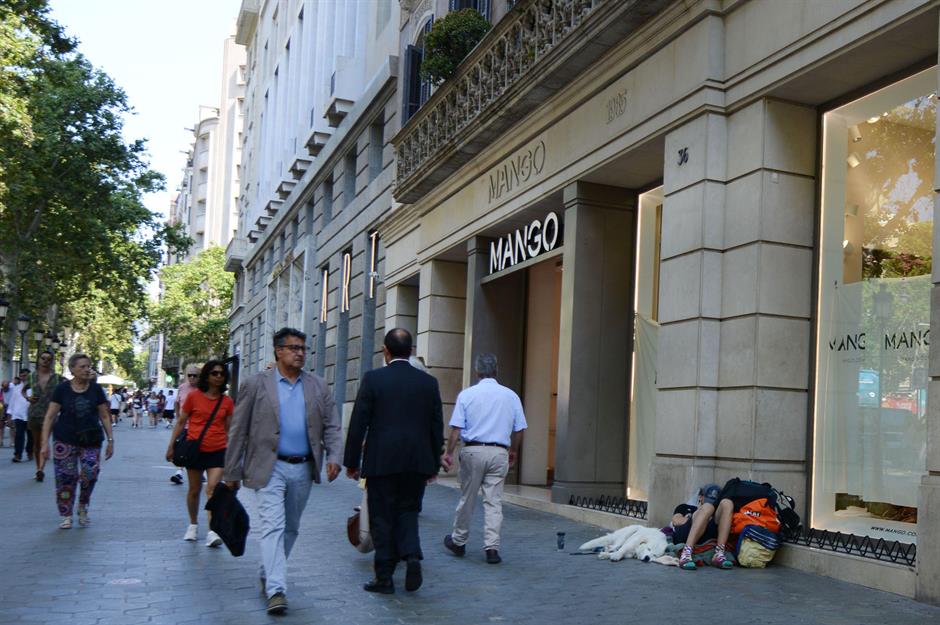
While Spain compares favourably to other European countries, wealth inequality in the nation has shot up by 20% since the 2008 Global Financial Crisis and subsequent Spanish Banking Crisis, which raged until 2014.
According to the latest data, the richest 1% controls 22.8% of the nation's wealth, the top 10% owns 56.6% and the bottom 10% holds 6.8%, the third-highest proportion in this round-up. Spain has a sizable number of billionaires at 29 but only 2.4% of Spaniards are millionaires. At the other end of the scale, the poverty rate is high at 14.4%, and more than a quarter of the population is at risk of poverty or social exclusion, according to EU research.
=23. South Korea – Gini wealth index score: 57

South Korea's wealth inequality was thrown into sharp relief in the 2019 Oscar-winning hit movie Parasite (pictured), though many other countries in the region score worse in this respect. In terms of numbers, the top 1% controls 25.7% of the nation's wealth, the richest 10% holds 59.3% and the bottom 50% sits on 4.7%.
Known for its incredibly wealthy family-run conglomerates, aka chaebols, the country is home to an impressive 42 billionaires. Samung's Jay Y Lee is the richest individual, with a net worth of $11.5 billion (£9.2bn). Conversely, South Korea's millionaire population is relatively small at just 2.5% of the total population. Meanwhile, the nation's poverty rate is high at 15.1%.
=23. Italy – Gini wealth index score: 57
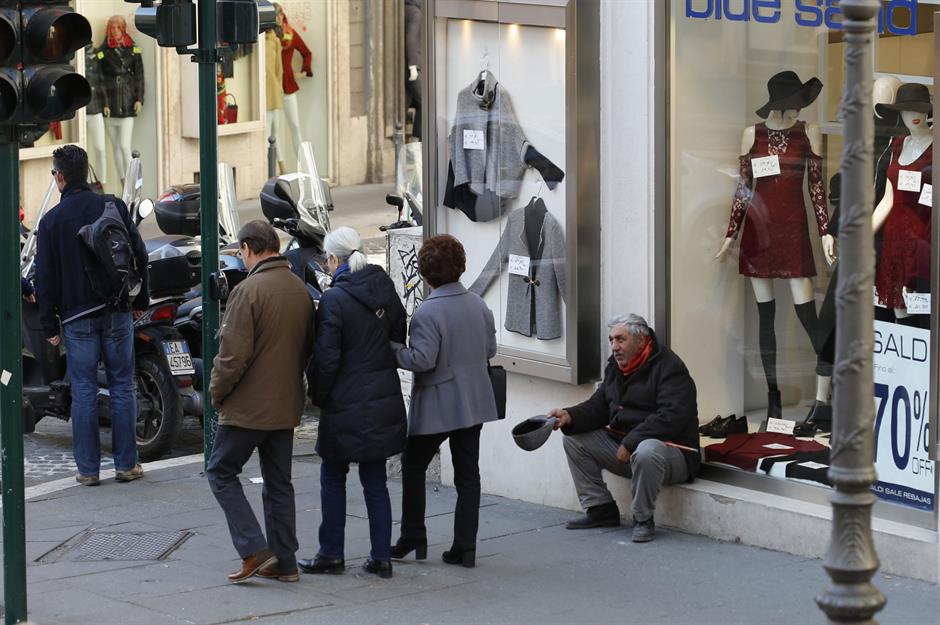
As is the case in many countries around the world, wealth inequality has grown substantially in Italy over the past 15 or so years, with the nation's regressive tax system – which rewards the very rich and effectively punishes low-income earners – chiefly to blame.
The top 1% in Italy owns 22.1% of the country's wealth, the richest 10% holds 56.2% and the bottom 50% possesses just 2.5%, which is low for a European country. Indeed, the poverty rate is on the high side at 12.8% yet the country has 73 billionaires. However, only 2.3% of the population is sitting on a net worth of a million US dollars or more.
22. France – Gini wealth index score: 59
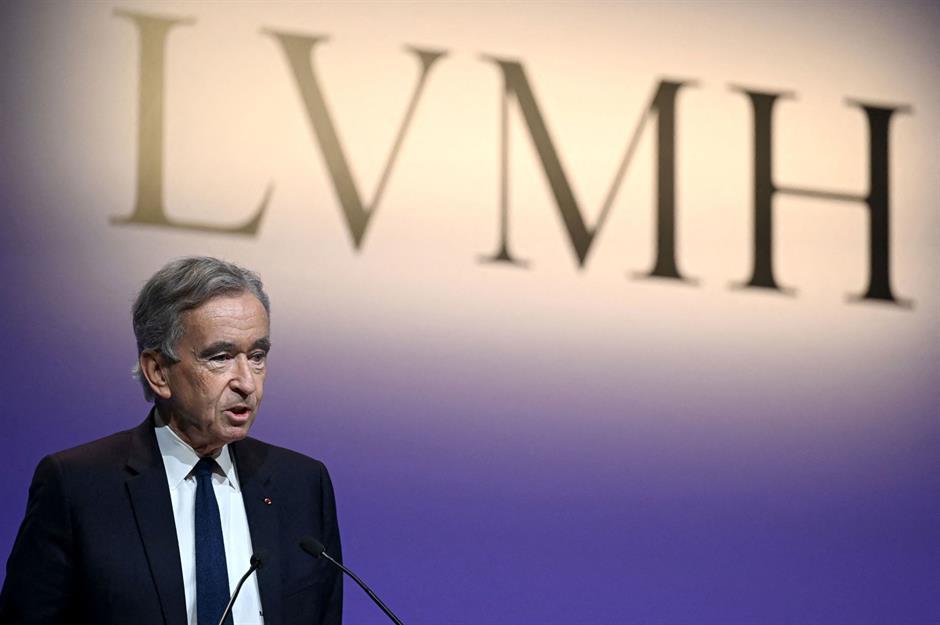
Incredibly, the top 1% in France owns more wealth proportionally than their counterparts on the eve of the French Revolution: 24% in 2023 compared to 16.8% in 1788. Moreover, the top 10% controls 57.2% of the nation's wealth.
The country counts 52 billionaires, including LVMH boss Bernard Arnault, who briefly became the richest person in the world in 2024, though his fortune has since fallen and he no longer holds the title. In terms of millionaires, France has 2,868,031, which is 4.2% of the population. The key saving grace is the nation's comparatively low levels of poverty, with only 8.5% of the population living below the breadline thanks to the country's exceptional welfare services and social safety net.
21. Mainland China – Gini wealth index score: 60
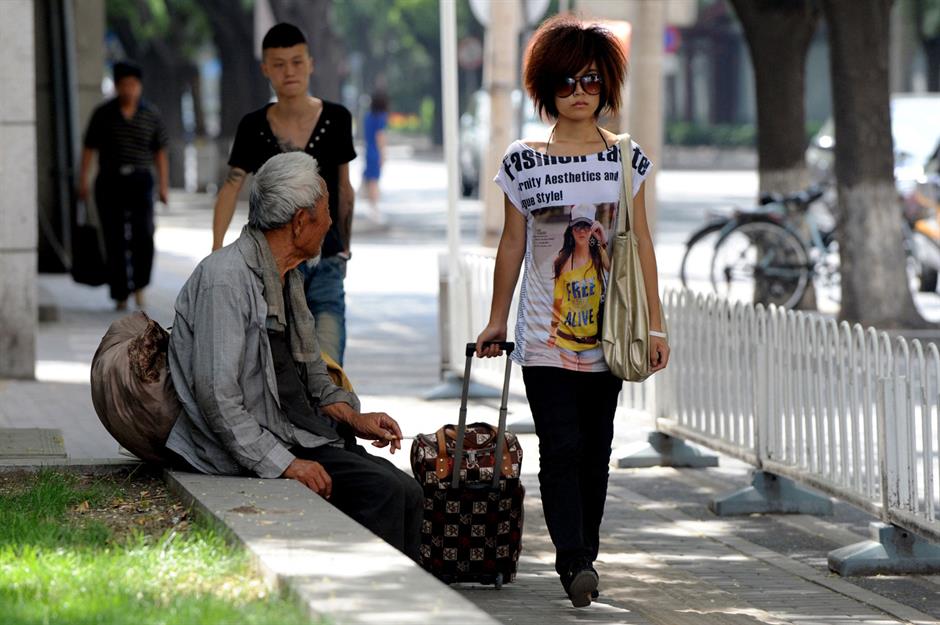
For a so-called communist country, China is surprisingly unequal. The top 1% holds 32.6% of the country's wealth, the richest 10% owns 68.8% and the bottom 50% has 6.2%.
China is home to the second-highest number of billionaires in the world at 406 and the second-largest number of millionaires at 6,013,282, though they represent only 0.4% of the population. And while the country has lifted almost 800 million people out of poverty over the past 40 years, the official poverty rate remains relatively high at 17%.
=19. Taiwan – Gini wealth index score: 61
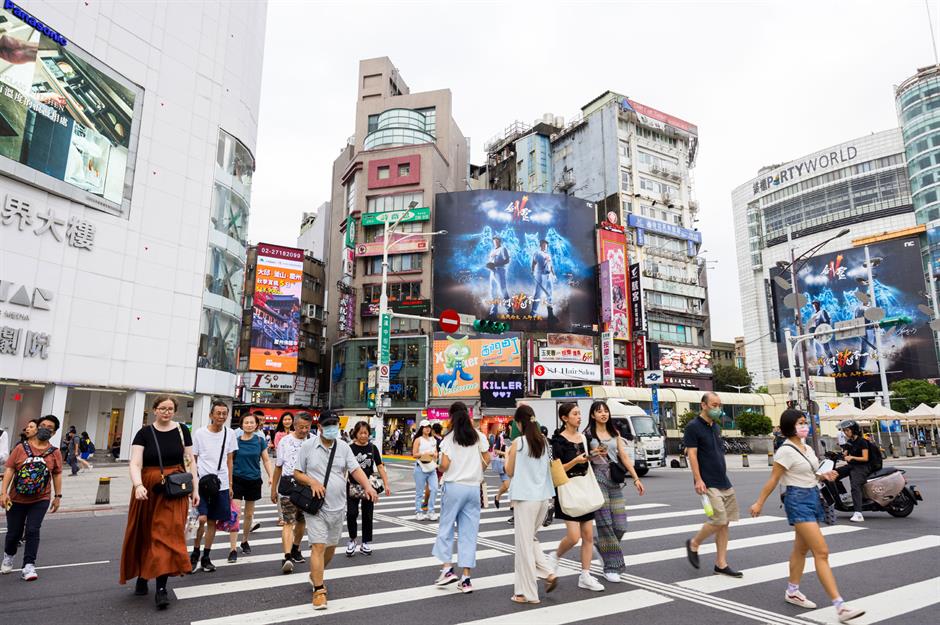
Ironically, Taiwan, which is a capitalist liberal democracy as opposed to 'communist' authoritarian China, has better levels of wealth equality in some respects. Its top 1% controls 24.8% of the country's riches and its most affluent 10% holds 58%, lower numbers proportionally compared to China. However, Taiwan's bottom 50% possesses less wealth in a relative sense than China's bottom 50%, at 4.9%, hence its slightly higher Gini score.
Still, Taiwan has lower levels of relative poverty with a poverty rate of 9%. 51 billionaires and 788,799 millionaires call the country home. They represent a much larger share of the population at 3.4% compared to China, where only 0.4% are millionaires.
=19. UK – Gini wealth index score: 61
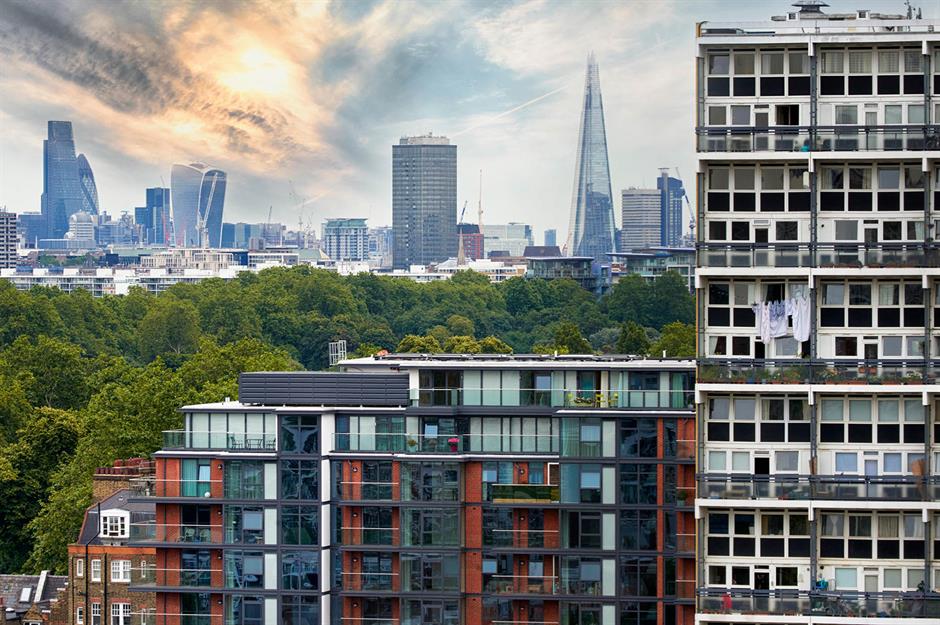
Historically, the top 1% owned around 10% of the UK's wealth from 1290 through to the Industrial Revolution. It now controls 21.1%. The country's richest 10% holds 57% and the poorest 50% has 4.7%.
Inherited wealth continues to reign supreme in the nation, with 70% of the land owned by 1% of the population, a large proportion of which are aristocrats descended from William the Conqueror. The UK has 55 billionaires, the 10th-highest number globally, and the world's third-biggest millionaire population at 3,061,553. They make up 4.5% of the total population. On the flip side, the UK's poverty rate is quite high at 11.7%.
18. Denmark – Gini wealth index score: 62
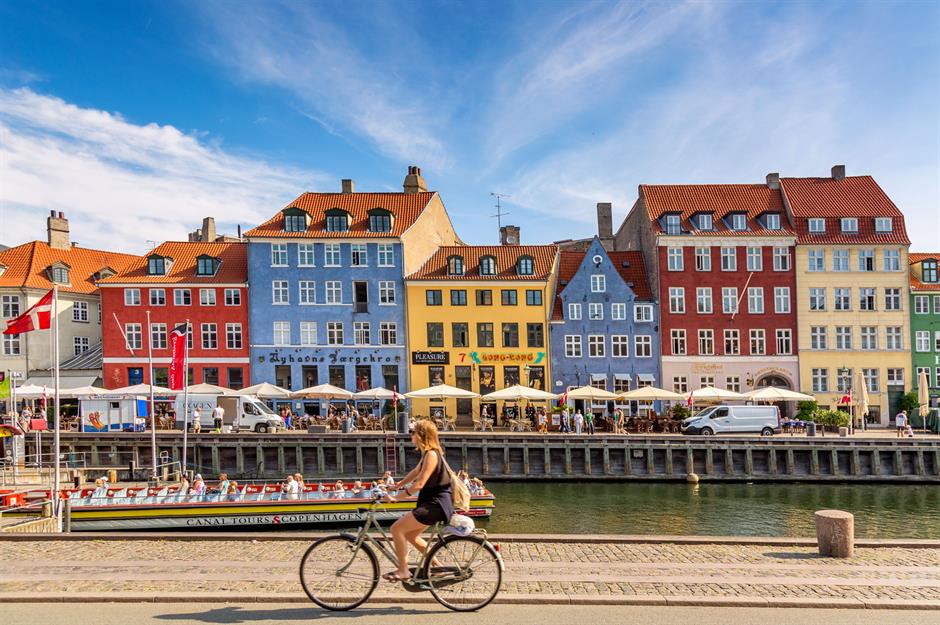
Like other Nordic nations, Denmark scores well for income equality but lower for wealth equality. This largely comes down to the country's excellent welfare system, stellar socialised healthcare, extensive subsidised public housing and generous public pensions. There simply isn't a pressing need for those on middle and low incomes to accumulate wealth since the state is extremely supportive.
In terms of numbers, the top 1% owns 21.2% of the country's wealth, the richest 10% has 50.6% and the bottom 50% shares 4%. Denmark has nine billionaires, and according to figures from 2022, around 6.5% of the population are millionaires. Best of all, the country has very low levels of poverty, with its rate of 6.5% the second-lowest among OECD countries.
17. Hong Kong Gini wealth index score: 63

UBS includes Hong Kong in the round-up, though it's technically a special administrative region of China rather than a country.
Hong Kong is less equal than mainland China. And while inequality has fallen by almost 6% since 2008, poverty is actually on the rise and the share of the population living below the official breadline is now very high at 23%. Conversely, Hong Kong is awash with rich people. It has one of the world's highest number of billionaires per capita at 67 and a total of 629,155 millionaires, representing 8.3% of the region's population, against mainland China's 0.4%.
=14. Israel – Gini wealth index score: 64
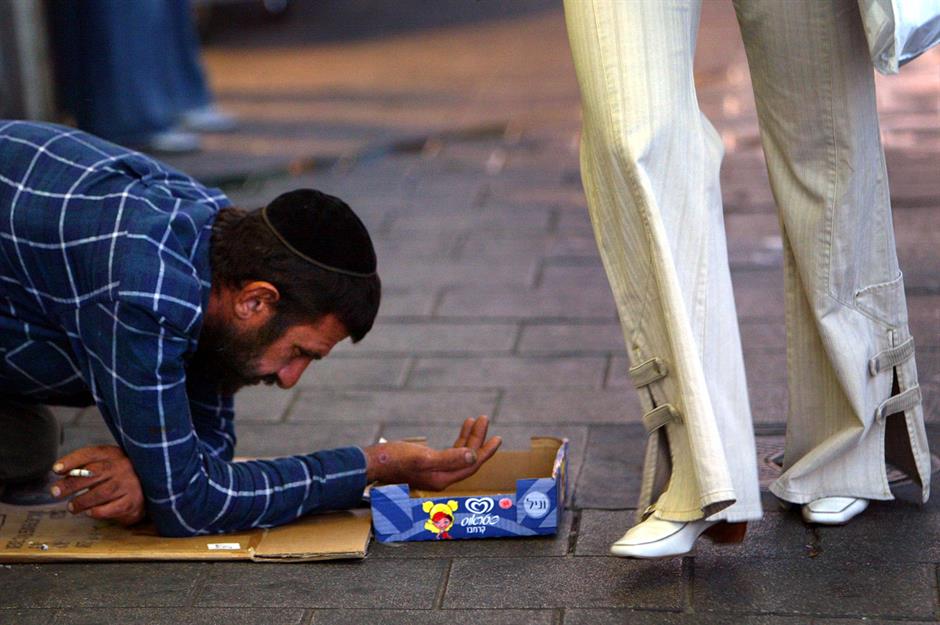
Israel's fairly wide wealth disparities have been attributed to several factors, including modest welfare spending and the country's largely impoverished Arab and Haredi minorities, who tend to have large families. All in all, the country has a poverty rate of 16.9%, which is high.
When it comes to who owns what, the top 1% holds 32.1% of the nation's wealth, the top 10% controls 63.4% and the bottom 50% possesses 4.1%. Israel has a rather large proportion of billionaires per capita at 35 but the share of the population worth a million US dollars or more is small at 1.8%.
=14. Finland – Gini wealth index score: 64

Like other Scandinavian countries, Finland scores well for income equality and lower in terms of wealth disparities. Again, this can be explained by its robust welfare spending and the fact its citizens don't need to amass much wealth to live well. This is borne out in Finland's poverty rate, which is very low at 6.7%.
In terms of how wealth is split, the top 1% owns 17.8 of the country's wealth, the second-lowest proportion in this round-up. The richest 10% has 55.6%, while the bottom 50%, who benefit from excellent state support negating the need for large savings, has just 2.1%. The country has seven billionaires, and millionaires make up only 1.8% of the population.
=14. Netherlands – Gini wealth index score: 64
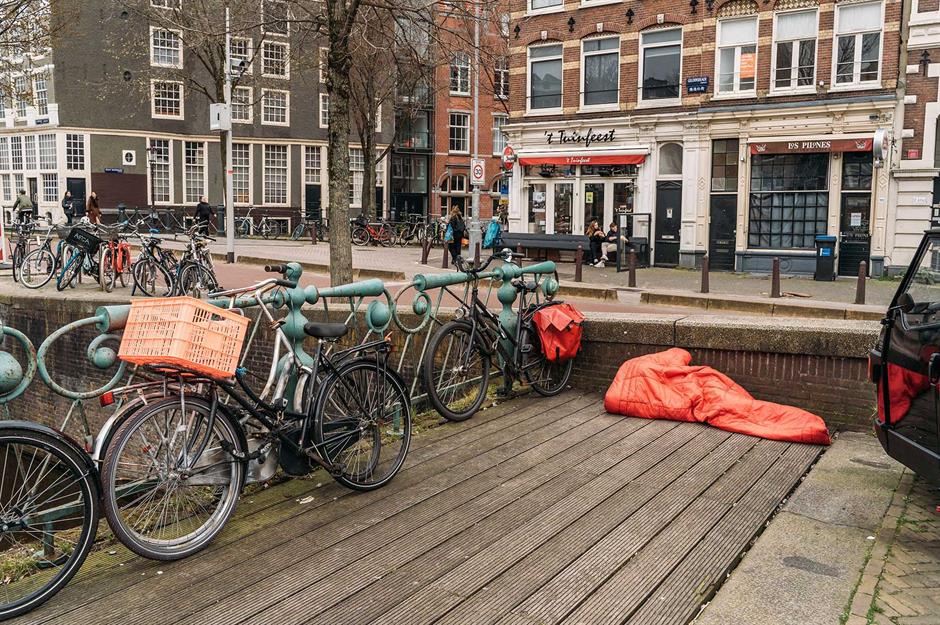
The weirdly wide wealth disparities in the Netherlands can reportedly be attributed to the large number of Dutch households with low and often negative housing equity rather than large levels of economic inequality per se, and wealth inequality has declined by about 3.5% since 2008.
In any case, the bottom 50% holds 9.9% of the nation's wealth, the highest share by this cohort in this round-up, and the rate of poverty is low at 8.5%. Inversely, the top 1% owns just 13.2%, the lowest figure in our round-up, while the top 10% boasts 45%. The country has 14 billionaires and a large proportion of millionaires per capita at 8.5% of the population.
13. Austria – Gini wealth index score: 65
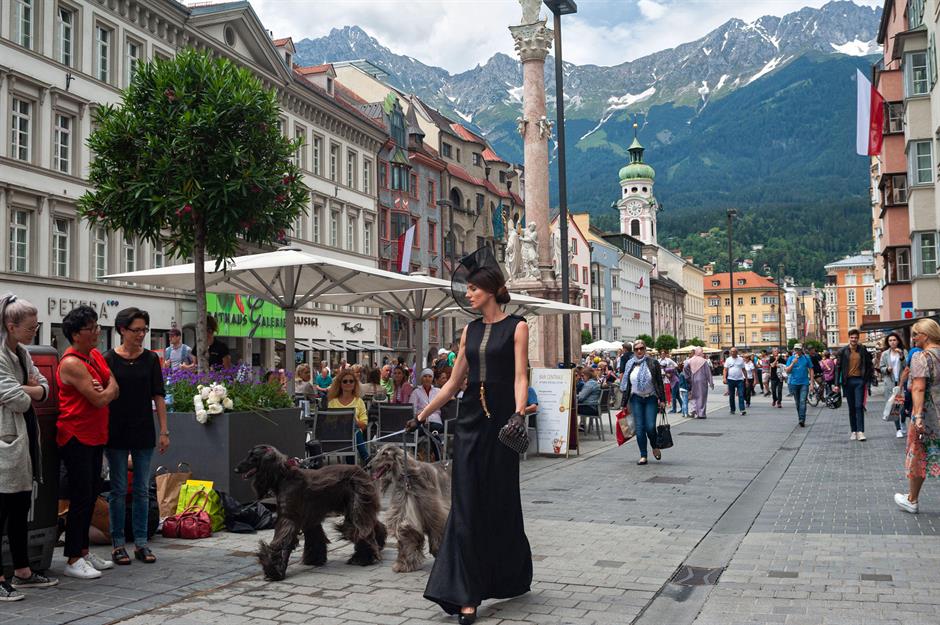
Austria is among the countries in which overall wealth inequality has declined, dropping by around 5% since 2008. However, the abolition of inheritance tax that same year has concentrated more wealth in the hands of the country's uber-rich.
The top 1% now controls 30.1% of Austria's wealth. The top 10% has 61.6% and the bottom 50% possesses 3.1%. The rate of poverty is just under 10%, but the number living in absolute poverty rose by more than 50% between 2022 and 2023. The country has nine billionaires in total and 271,000 millionaires, who make up 3% of the population.
12. Switzerland – Gini wealth index score: 67
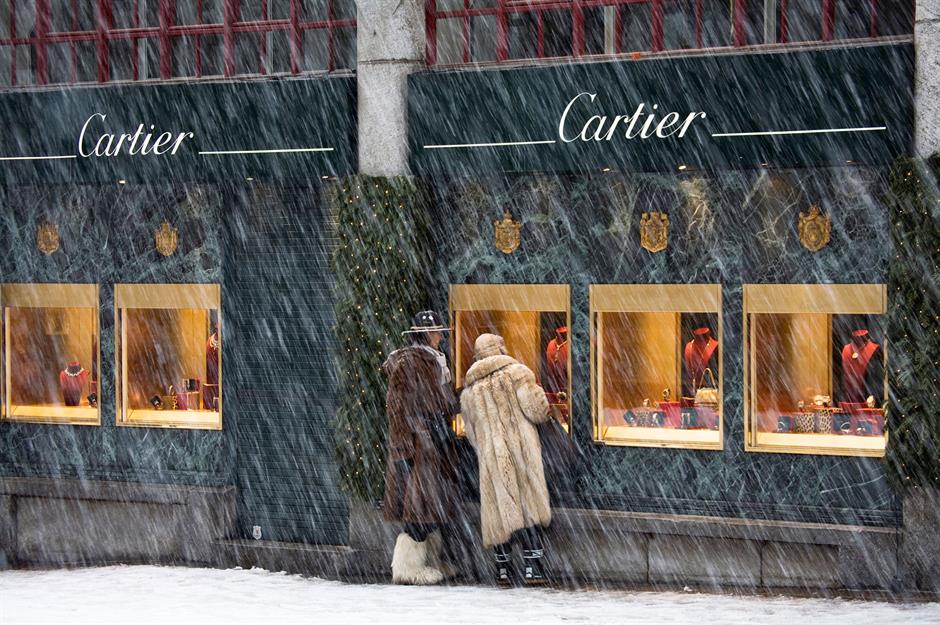
The quintessential rich country, Switzerland has 41 billionaires and a very high number of millionaires proportionally. They make up a hefty 12% of the population, but it's important to point out that a million US dollars doesn't go all that far in the country given its sky-high living costs.
Since 2008, wealth inequality in Switzerland has fallen by 4.5%, but not everyone in the country is well-off, and the poverty rate stands at 9.9%. The top 1% controls 31.5% of the nation's wealth, the richest 10% has 62.8%, and the bottom 50% possesses 3.7%.
=10. Germany – Gini wealth index score: 68
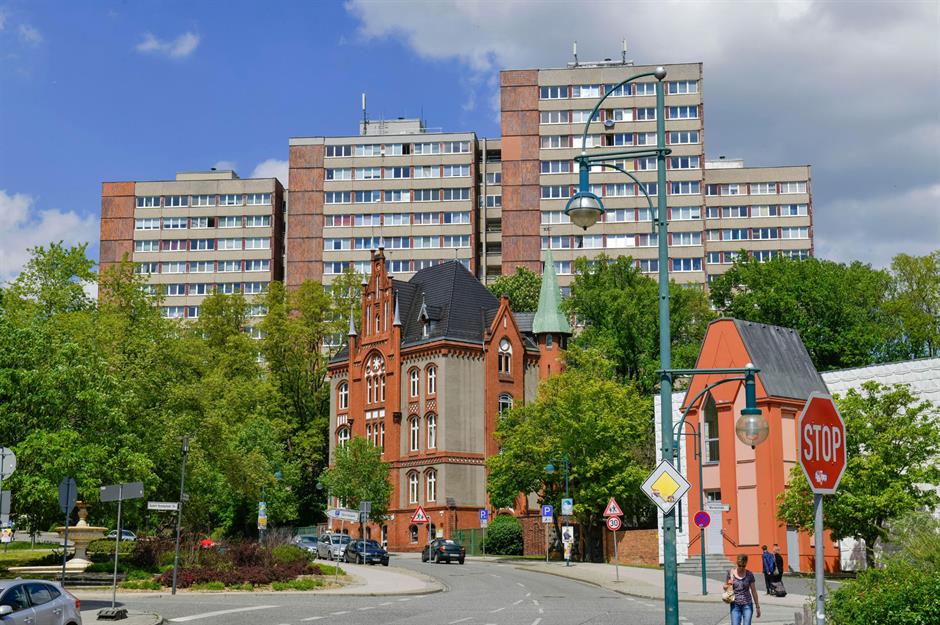
Germany has seen a larger drop in wealth inequality since 2008, with a decline of 5%. Yet wide regional disparities persist and East Germans are still considerably poorer than those in the former West Germany 35 years after the nation's reunification. Meanwhile, the country's poverty rate exceeds 10% at 11.6%.
The top 1% holds 26.4% of Germany's wealth, while the richest 10% has 57.6% and the bottom 50% owns 3.5%. Germany has 132 billionaires, the fourth-highest figure globally, but its millionaire population of 2,820,819 isn't all that large proportionally, representing 3.3% of the nation's total headcount.
=10. Indonesia – Gini wealth index score: 68
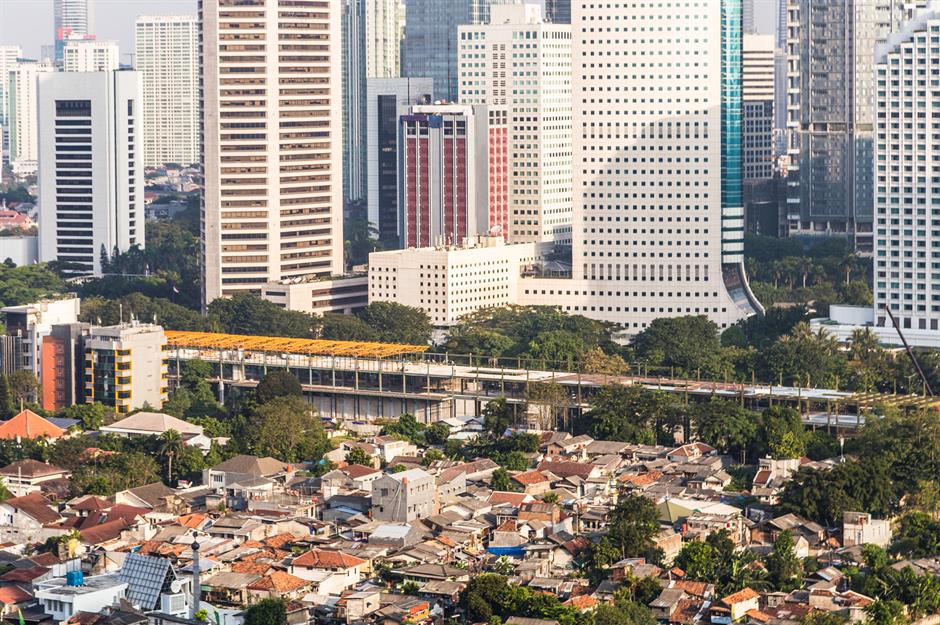
Wealth disparities are stark in Indonesia. According to Oxfam, the country's four richest men have more wealth than the combined total of the poorest 100 million people.
There are 35 billionaires in Indonesia but only 0.06% of the population have a net worth of a million US dollars or more. The official poverty rate is moderate at 9.4% but the bar is set very low. When it comes to wealth distribution, the top 1% owns 30.2% of Indonesia's riches, the top 10% holds 61.3% and the bottom 50% has 4.5%.
9. Singapore – Gini wealth index score: 70
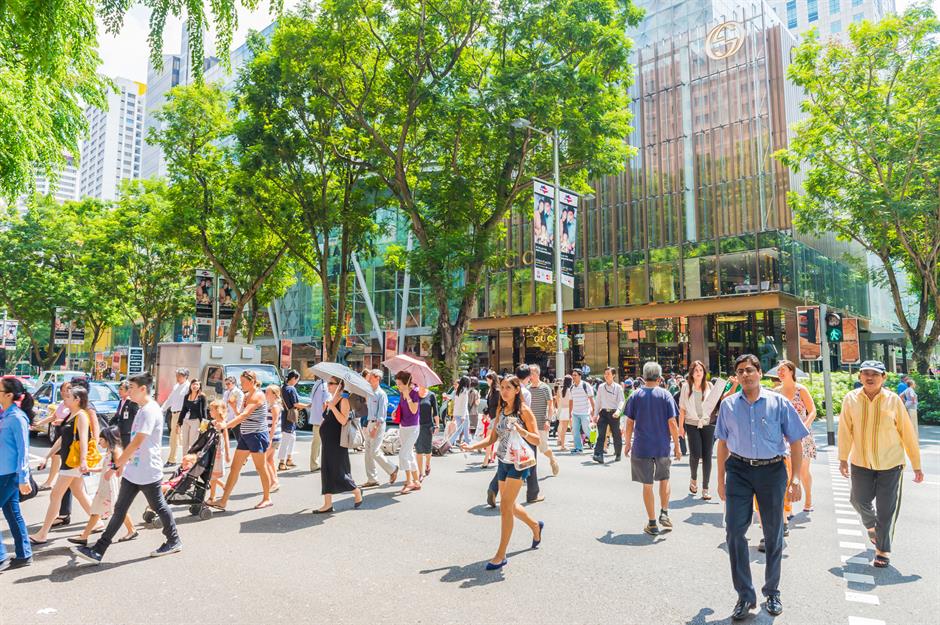
Wealth inequality has skyrocketed by around 22.9% in Singapore since 2008. But as UBS has noted, the widening disparity is more about the rich getting much richer, and wealth levels for all sections of society have significantly increased in that time period. Poverty has actually decreased, but around 10% of the population are still classed as low-income.
The top 1% holds 31.5% of the city-state's wealth, the richest 10% possesses 62.8% and the bottom 50% owns 4.2%. Singapore is home to 41 billionaires and 333,204 millionaires, who make up 5.6% of the population.
8. Mexico – Gini wealth index score: 72
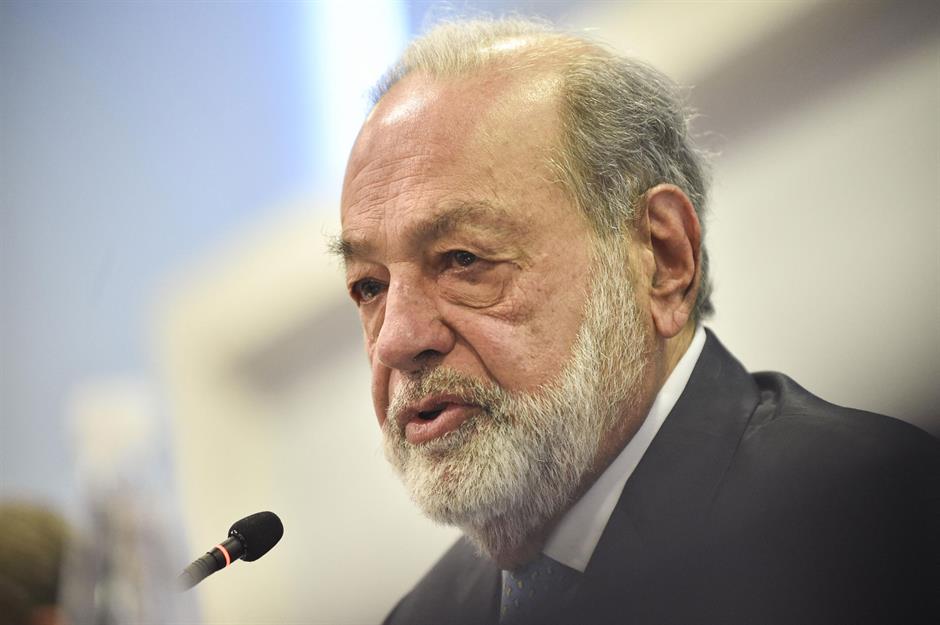
The gap between rich and poor is markedly wide in Mexico. A substantial 36% of the population lives below the subsistence level, and 7.1% endure extreme poverty, though the official poverty rate sits at 16.6%. At the other end of the spectrum, Mexico counts 22 billionaires, including Carlos Slim Helú, formerly the world's richest person, but millionaires make up only 0.3% of the population.
The top 1% holds 47.9% of Mexico's wealth and the top 10% controls 79.1%, the third-highest figures in this round-up. On the other side of the coin, the bottom 50%'s share is negative at -0.3%, meaning it holds more debts than assets.
7. India – Gini wealth index score: 73
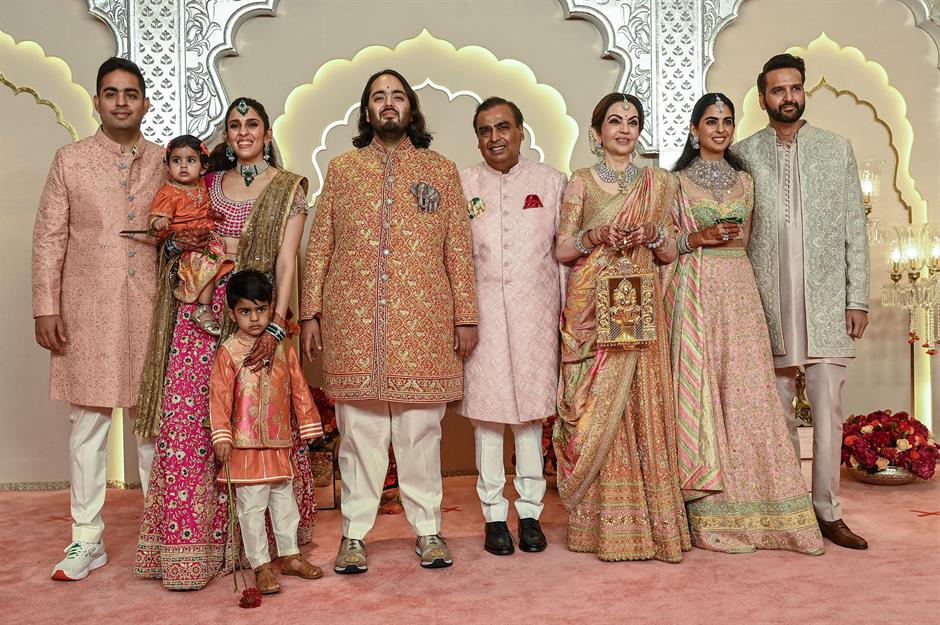
India is also a country of shocking income and wealth contrasts. While hundreds of millions have been pulled out of extreme poverty over the past few decades, around 129 million people or 9% of the population remain exceedingly poor, earning less than $2.15 (£1.72) a day.
India has the third-highest number of billionaires in the world at 200, including the outrageously ostentatious Mukesh Ambani who spent a reported $600 million (£480m) on his youngest son's wedding last year. However, millionaires constitute only 0.06% of the population. Breaking down the numbers, the top 1% owns 33.1% of the country's wealth, the richest 10% holds 64.6% and the bottom 50% shares 5.9%.
=5. USA – Gini wealth index score: 75
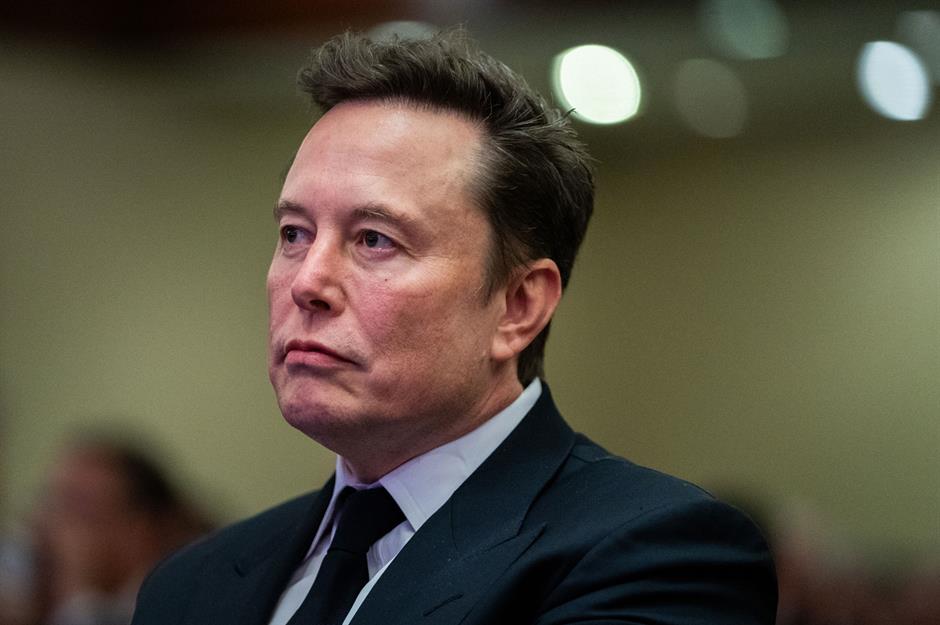
America has the worst wealth inequality among advanced economies. The top 1% controls 34.9% of the wealth, the richest 10% holds 70.7% and the bottom 50% possesses a tiny 1.5%.
America has the highest number of billionaires globally at 813. These include the richest person in the world, Elon Musk, who is on course to become the planet's first trillionaire. The US is also home to the most millionaires at almost 22 million, though they represent a comparatively small 6.6% of the population. In contrast, the US poverty rate of 18% is the second-highest among OECD countries. Indicative of America's huge wealth disparities is the fact residents of the poorest state, Mississippi, have a life expectancy of only 71.9 years, worse than that of India, North Korea and Venezuela.
=5. Sweden – Gini wealth index score: 75
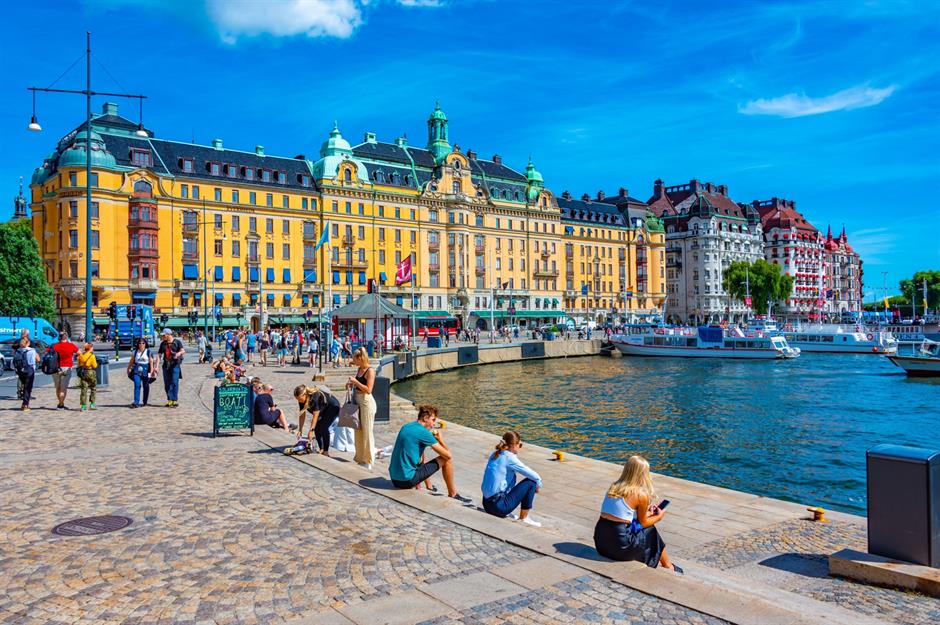
Sweden is the most extreme of the Scandinavian anomalies in the sense of economic inequality. Again, Swedish society has low levels of income inequality and its high proportion of wealth inequality is actually a positive indicator since it reflects strong state support. Plus, Swedes tend to be less materialistic than people in other countries, so hoarding wealth is less desirable.
The top 1% in Sweden owns 27.6% of the country's wealth. The richest 10% holds 58.9% and the bottom 50% shares 4.8%. The poverty rate is well under 10%, and there are 43 billionaires, while 5.5% of the population is worth a million US dollars or more.
=3. Saudi Arabia – Gini wealth index score: 77
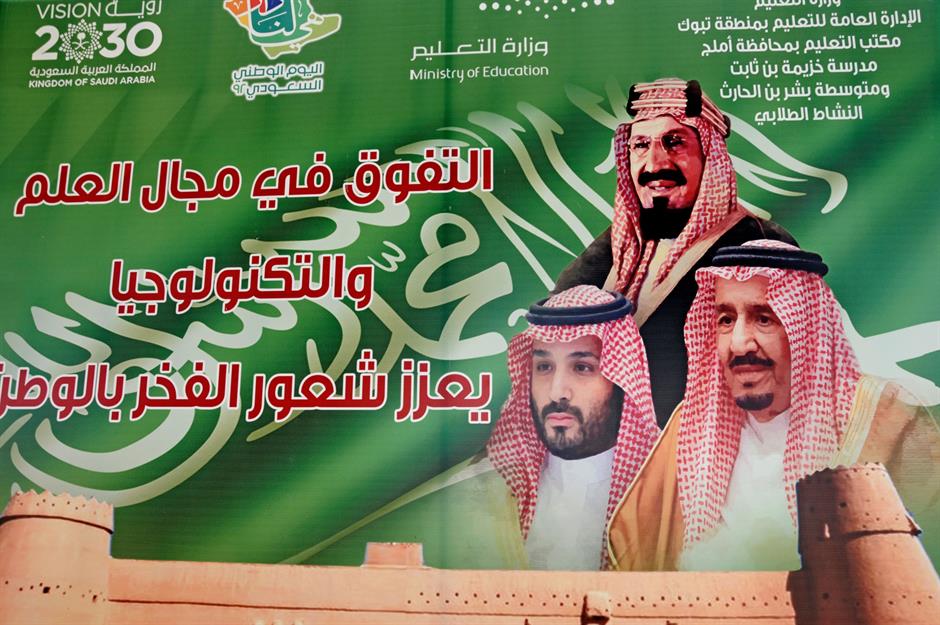
Much of Saudi Arabia's wealth is concentrated among members of its royal family, who are estimated to number 15,000. However, the majority of the clan's riches, which are said to amount to over a whopping $1.4 trillion (£1.1tn), are reportedly shared among 2,000 members.
Yet wealth inequality in the country has fallen by 13.3% since 2008 and the poverty rate is dropping too, although it remains high at 13.5%. Still, the top 1% controls 39.7% of Saudi Arabia's wealth, the richest 10% possesses 72.6% and the bottom 50% holds just 1.5%. Forbes doesn't assess the wealth of the nation's billionaires but there are thought to be around 68 of them. Millionaires aren't all that common, representing only around 1% of the population.
=3. UAE – Gini wealth index score: 77
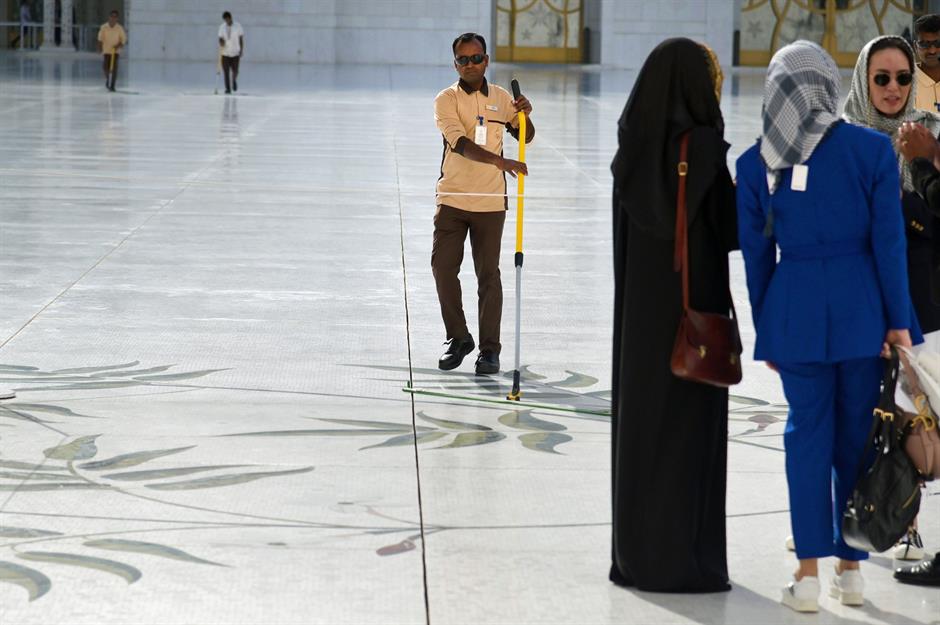
The UAE has some alarming wealth disparities, though according to UBS, wealth inequality has declined by 12.4% since 2008. The country does have a small number of billionaires, just four in total as per Forbes, and millionaires make up only 2.1% of the population. But wealth is concentrated at the top and despite an official poverty rate of only 1.9%, the large population of migrant workers from developing countries tends to live hand to mouth.
The top 1% owns 43.5% of the UAE's wealth, the richest 10% holds 76.4% and the bottom 50% shares a minuscule 0.3%.
2. Brazil – Gini wealth index score: 81
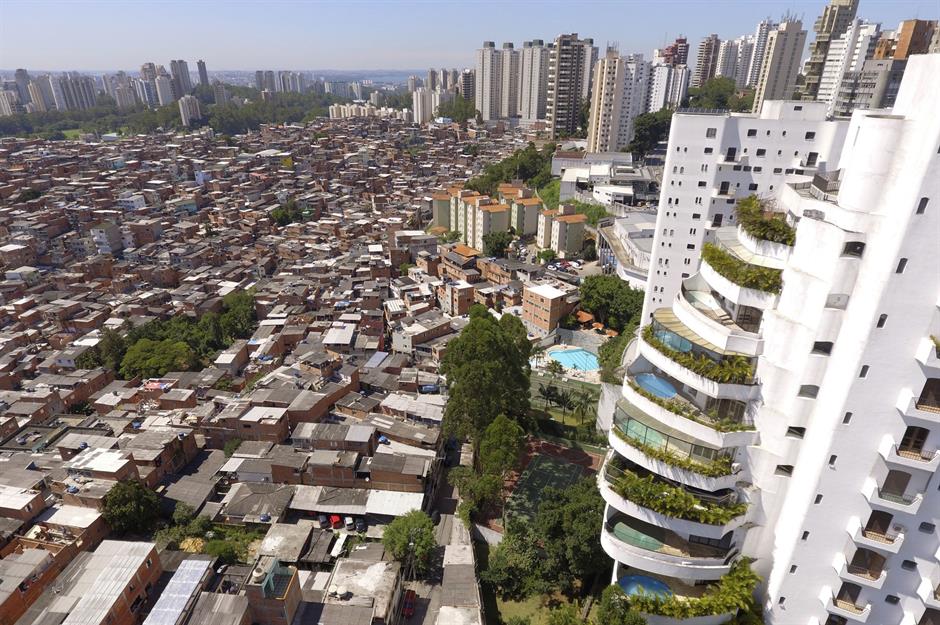
Extreme wealth disparities are all too evident in Brazil, where impoverished neighbourhoods known as favelas are jarringly juxtaposed with luxury condos. As Oxfam has noted, someone earning Brazil's minimum monthly wage would have to work for 19 years to earn what the typical 0.1 percenter makes in a month. Poverty is rife and 27.5% of Brazilians live below the breadline.
Meanwhile, the country counts 69 billionaires, the seventh-highest figure globally, though millionaires are relatively thin on the ground at just 0.2% of the population. Looking at wealth distribution, the top 1% owns 48.7% of Brazil's wealth, the most affluent 10% has 79.7%, both the second-highest figures in this round-up, while the bottom 50%, with more debts than assets, holds -0.4%.
1. South Africa – Gini wealth index score: 82
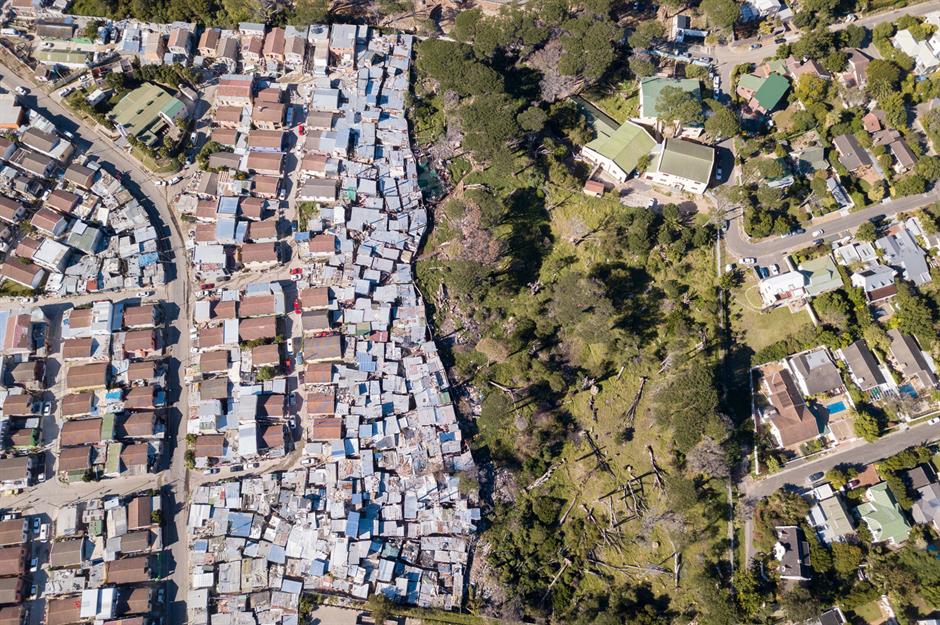
The most economically unequal country in the world, South Africa's horrendous wealth disparities are a legacy of the racist apartheid system, which ended in the early 1990s, compounded by the failure of subsequent governments to address wealth redistribution effectively.
The typical Black household in the country owns just 5% of the wealth the typical white household possesses. More than half the population lives below the poverty line, though the Rainbow Nation has six billionaires and produced the world's richest person, Elon Musk. That said, millionaires are scarce, constituting only 0.1% of the population. South Africa's top 1% hoards 54.9% of the country's wealth, the richest 10% swallows up 85.6% and the bottom 50% has more debts than assets, holding a negative wealth of -2.5%.
Now meet 29 notorious despots accused of plundering billions
Comments
Be the first to comment
Do you want to comment on this article? You need to be signed in for this feature